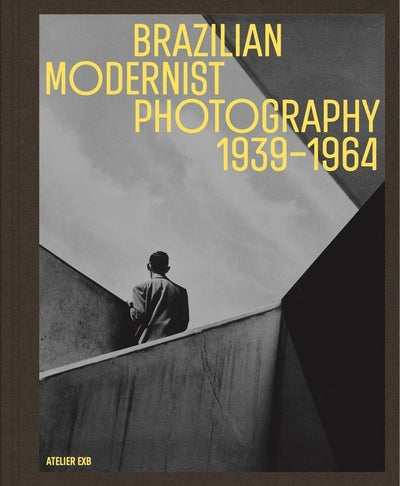Brazilian Modernist Photography (1939-1964)
- Auteurs: De (auteur) Marcella Marer, De (auteur) Héloise Costa
- Éditeurs: ATELIER EXB
- Date de publication: 2025-07-03
- Dimensions: 272mm x 223mm
In the 1940s, Brazil was undergoing a major transformation:
It was modernising, increasing international trade, attracting large numbers of
European emigrants and inspiring dreams. Witnesses to this revolution were the
artists of the modernist movement, including photographers whose images tell the
story of Brazil's entry onto the cosmopolitan art scene.
In the wake of Oscar Niemeyer's architecture, his vision of the modern city, the
Novo cinema and Bossa Nova, five figures helped to create a new kind of
photography: Geraldo de Barros, German Lorca, Gertrudes Altschul, José Oiticica
Filho and Thomaz Farkas. Seizing on the political, social and aesthetic
potential of photography, they introduced new subjects: modernist architecture
and its supple lines, botanical motifs with contrasting light and shadow,
inventive experiments and perspective games tinged with a taste for abstraction.
Foto Clubes Carioca in Rio de Janeiro and the Foto Clube Bandeirante in São
Paulo, amateur clubs that democratised the use of the medium and forged contacts
with their European and American counterparts, were another phenomenon that
contributed to the emergence and influence of a new photography.
With its incredible diversity and originality, both formal and aesthetic, the
modernist photography of these pioneers stimulated an entire generation and put
Brazil firmly on the avant-garde scene.largely unknown, Brazilian modernist
photography is presented here through the work of more than twenty leading
figures, some of whose works are held in prestigious international institutions
such as MoMA in New York, the Tate Modern in London and the Photo Elysée in
Lausanne. Texts by historians of the medium will situate this production in the
social and visual context of the time, and evoke the many exchanges between
institutions and photoclubs around the world.
Share









